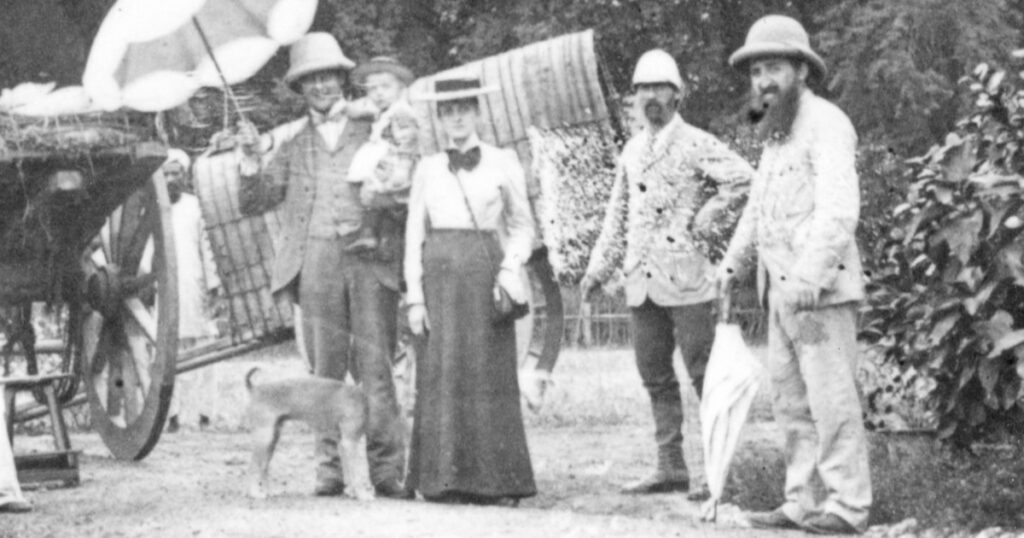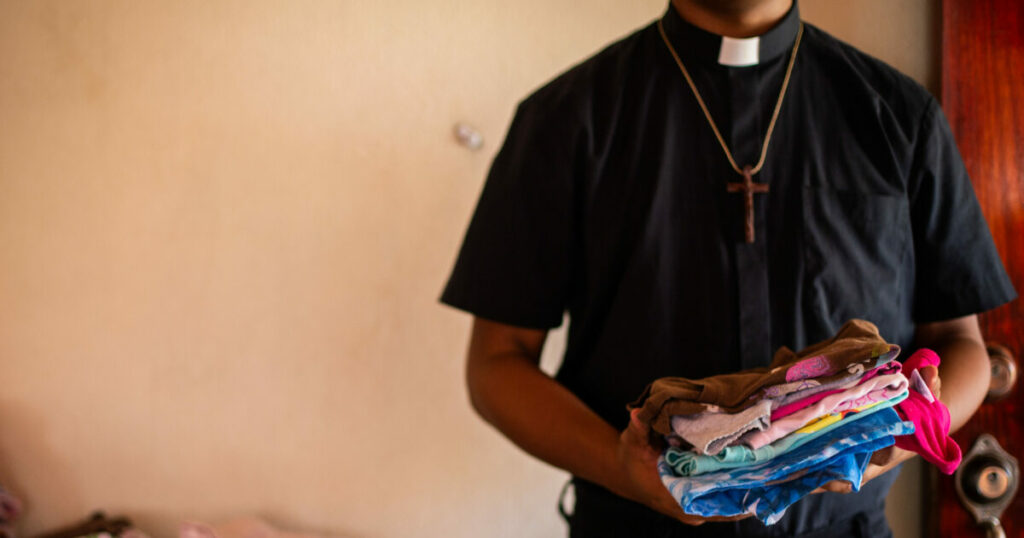Editor’s note: Monthly articles from LCMS Stewardship Ministry are hosted here on The Lutheran Witness site. Visit the “Ministry Features” page each month for additional stewardship content.
Summer is a time when many congregations gather up their youth and adults and head out on mission trips. For many participants, there is a sanctified sense of accomplishment that comes with these experiences. The participants take a break from their normal, daily routines and set out on an adventure for Jesus. These are wonderful experiences for those who participate. Service is rendered. Memories are made. Even relationships can be built for the sake of the Gospel. These events can also teach some valuable stewardship lessons.
Sometimes mission trips seem to be nothing more than missionary tourism. The congregation that picks the most desirable location often has little trouble filling the often-limited spots on the mission team. While it is true that these groups can do neat things, missionary tourism is very much focused on the experience of the person who is doing the serving. The memories made and lessons learned are focused on the feelings and experience of the participant. A successful mission trip like this is often assessed by how the person feels afterward. This presents the danger of quickly being forgotten when the participant returns home and goes back to “normal” life.
Mission trips, however, can be a great teaching and forming tool for stewards. The lessons are much greater than the feelings and the experience of the participants. Lessons like these for stewards are formational and lasting. They are more externally focused and seek to build relationships and partnerships even more than creating memories. The memories created and the lessons learned are much more of an unintended consequence of the serving rather than the central goal.
Lessons in the Field
- The first stewardship lesson that is learned on a mission trip is that stewardship is ACTIVE. Mission trips are not about where the trip goes; they are about the service that is rendered and the people being served. This could be in the inner cities of America’s urban core, on a reservation which is home to Native Americans or even in some exotic location like the Caribbean or Central America. The where is not as important as the what. When God’s people are led to use their hands and feet to be the hands and feet of Jesus, there are no spectators. Halfhearted serving can be spotted a mile away by fellow servants as well as those being served. Human beings were created for “all in” Biblical stewardship. This stewardship is the reflection of the image of God that is spoken of in Genesis 1.
The currency of this stewardship is service and sweat. This isn’t some sort of transactional stewardship either. No checks are being written. It is simply the complete investment of a steward in the life of a fellow creature of the heavenly Father. In its purest form, it is using all of life and life’s resources for the good of God’s kingdom in this specific mission location.
- The second stewardship lesson that can be learned on a mission trip is that stewardship is LOCATED. Like the lesson of active stewardship, the fact that stewardship is located in time and space can be taught by a mission trip experience. The located nature of stewardship means that it takes place by the use of physical, First Article gifts given by the Lord in a particular location with a recipient. Stewardship that is not located is an abstract stewardship that is not taught in the Scripture. The stewardship activity is done in relationship to others. It cannot be viewed as an abstract financial transaction designed to preserve an institution or assuage the guilt of the giver. It is not about “paying the bills” so that someone else may do the work. Located stewardship requires that the steward be present for the sake of stewardship.
- The third stewardship lesson that comes from mission trips is that stewardship is RELATIONAL. An active stewardship that is located is one that puts the steward in relationship with those who are receiving the service. One of the great strengths of mission trip stewardship is the relationships that are built between the ones serving and the ones being served. This again highlights the truth of how the Lord has made human beings. God’s creatures were created for community — community with the Lord and community with one another. A mission trip is instrumental in creating this kind of community that goes beyond the normal. It gives the stewards a much larger view of their world.
This is an important lesson for the steward. Sinful stewards are very good at shrinking their world to a size that makes them the center. As master idol makers, individuals with a smaller worldview can much more easily find the sinner at the center. The echo chamber of personal opinion and myopic thinking about what is normal and abnormal causes the sinful steward not to serve but rather to render judgment. A mission trip moves the participant out of his world, out of her comfort zone, to see that people of different experiences, different socio-economic circumstances and even different cultures within this world are still in need of the relational stewardship of those who are called to faith in Jesus Christ.
Mission trips can cause these lessons to come into full view. Any number of pastors, missionaries and others who have gone on these mission trips can attest to the change that is worked in the individual stewards while they are on a mission trip. It is very hard not to see people and places in a much clearer light when the steward has fully invested himself in sweat and effort and perhaps even tears. Often at the end of a mission trip, reflection on the work which the stewards have done for the sake of others can lead to a very emotional experience. When the steward understands firsthand what Jesus means by “For even the Son of Man came not to be served but to serve, and to give his life as a ransom for many” (MARK 10:45), there is often a heart-wrenching emotional response because the servant-stewards have not always lived like that back home.
Lessons Continue at Home
Therein lies the challenge of mission trip stewardship lessons. How does one transition the mission trip experience from the trip to the place where the Lord has planted the steward? The answer is in the lessons that were taught. Far too often, when the mission trip ends, the steward heads home and resumes the old, world-shrinking life she has always known. When the steward comes home from a mission trip, it is critical that he reflects on the lessons learned. This reflection should lead to repentance. Repentance for an old, self-serving life is necessary. When the Lord in His Word convicts the steward in this way, the lessons of action, location and relation begin to take root.
This opens the door to transition. The steward, who was active on a mission trip, is also called to be active at home. This activity again is not about self but focused on others. The homecoming steward needs to seek the Holy Spirit’s guidance to have open eyes to potential stewardship activity for the sake of the Gospel that abounds in every location, even on the homefront. This seeking of Spirit-led action will open the door to a located stewardship right where she has always lived, serving neighbors nearby who need the same kind of located stewardship of life and life’s resources for the sake of the Gospel. This requires so much more than dropping a check in the plate. It calls the steward to faith-driven activity that is located in and through the person of the steward. This located stewardship then puts the steward in a creation-driven relationship with those around him. The people who are near the steward’s home have just as much need of located and active stewardship of First Article gifts as those who were served on the mission trip.
The transition of the stewardship lessons is a result of the Holy Spirit working in and through Word and Sacrament in the individual steward. It is not merely an emotional transaction. As the Lord works to open the eyes of the steward to the needs around her at home through the lens of the mission trip, a more faithful stewardship arises.
And it all flows from what God has done for the steward in Christ. It isn’t paying it back. It is gracing it forward for the sake of the Gospel. That is a stewardship lesson that is desperately needed everywhere!
LCMS Stewardship ministry features may be reprinted with acknowledgment given to The Lutheran Church—Missouri Synod.






Thank you! Stewardship is much clearer to me now…